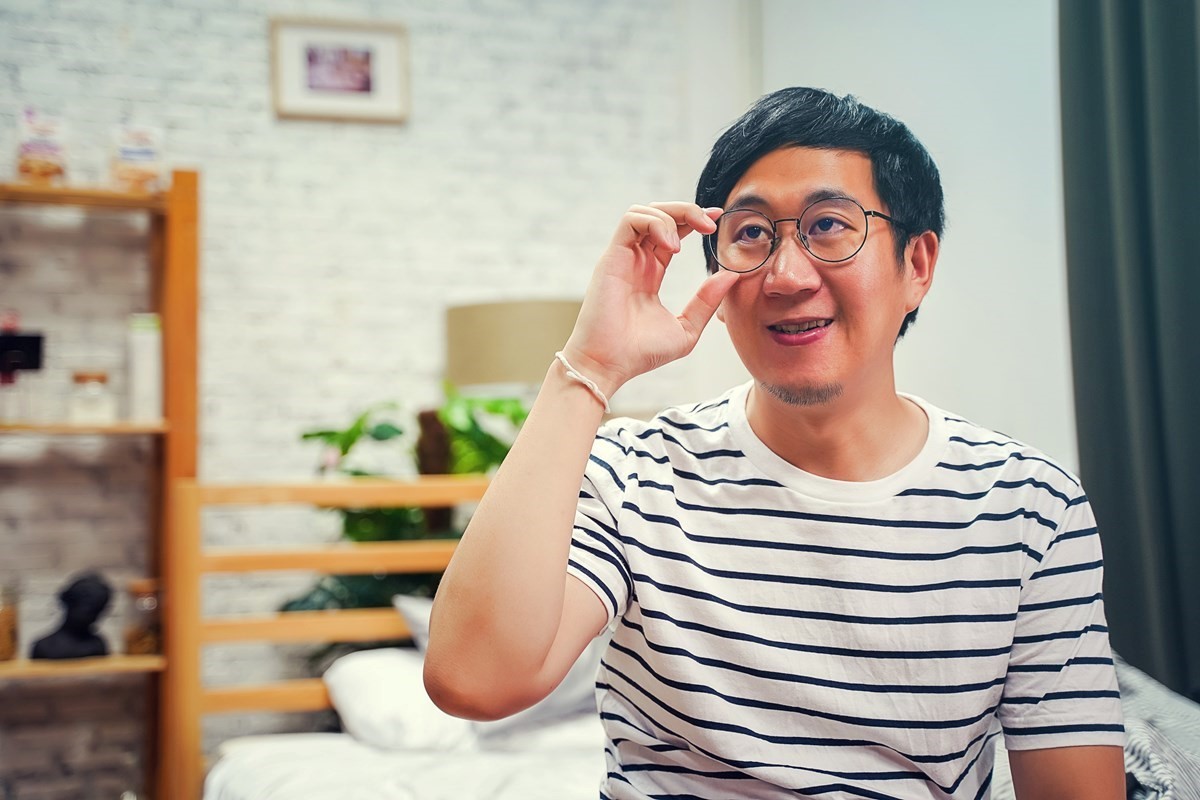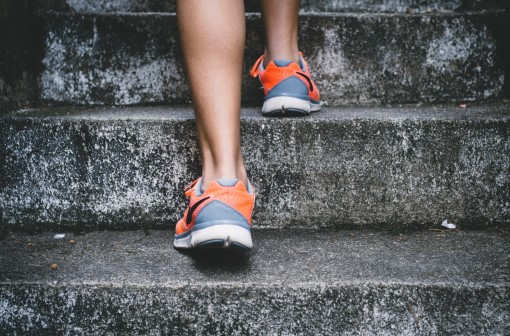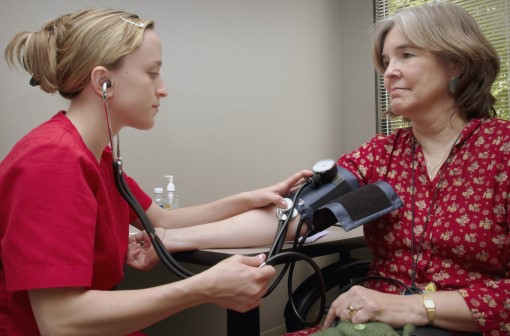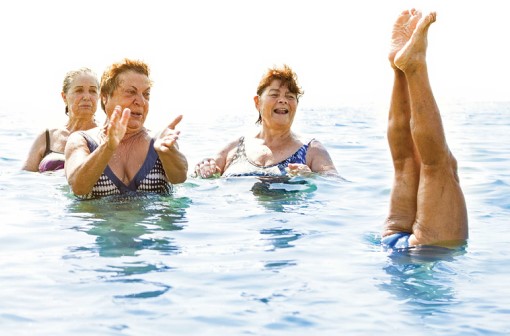“Everyone is at risk for eye damage without the proper precautions, so you should wear sunglasses even on cloudy days.”—Optometrist Matt Bennett.
Key points
- Your eye health can reveal a lot about your general health and wellbeing.
- Eye exercises can assist in maintaining eyesight flexibility.
- Quality nutrition and eye protection are also essential for continued good eye health.
Did you know that most Australians say their eyesight is their most highly-valued sense?
And did you also know that good eye health isn’t just about a regular check-up with your optometrist?
Looking after your eyes can have a direct impact on not only your eyesight but also other health conditions, including high blood pressure, diabetes, and cardiovascular disease.
You probably wouldn’t give much thought to your eyesight health unless your vision has actually changed but your eyes can reveal quite a lot about your general health and wellbeing.
So how can you better look after your eyesight?
From what to eat and exercising your eyes, to keeping active and protecting your vision, we’ve put together some tips on how to keep your eyesight in top shape.

Eye exercises
It’s all about preserving your eyesight strength.
As Specsavers optometrist Matt Bennett notes, our eye muscles don’t work the same way as other muscles in the body, but the following exercises can assist in maintaining eye flexibility.
“While these exercises won't save you from wearing prescription glasses or contact lenses, they can help to improve the flexibility in your eyes and may be especially useful for those people who spend a lot of time in front of computer screens at work,” Matt says.
Tromboning: Hold an object such as a pen at arms-length in front of your face and focus on a point on it. Slowly move the object to your nose and back again, ensuring that you have continued to focus on the same point of the object.
Figure eight: Pretend that there is a sideways figure 8 in front of you. Lead your eyes around the imaginary track slowly and carefully and then track back the over way.
Near and far focusing: Place something in front of your eyes (a finger will do) and focus on it, then switch your focus to a distant object across the room.
“Another great exercise for those working at a computer is the 20-20-20 rule. Every 20 minutes, look at something 20 feet away for 20 seconds,” Matt says.
Nutrition, nutrition, nutrition
There are certain vitamins that contain antioxidants that may be beneficial for good eye health.
Vitamins A, C and E as well as zinc are best for this and are found in a variety of vegetables and fruits including broccoli, strawberries, spinach, carrots, red peppers, sweet potato and citrus.
For better eye health it is also recommended to consume foods rich in omega-3 fatty acids, such as salmon and flaxseed.
Maintaining a healthy diet along with regular exercise can also play a positive role in maintaining healthy eyes.
“Rising rates of Type 2 diabetes is expected to substantially increase the number of Australians impacted by diabetic eye disease over the coming years,” Matt says.
“The chance of suffering vision loss from diabetic eye disease can be significantly reduced by good control of diabetes, having regular eye tests and obtaining timely treatment, if required.”

Use eye protection
Whether it’s in the sun, at your place of work, during sport, or instances where you are exposed to chemicals, sharp objects or materials such as wood shavings or metal shards, it’s important that you look after your eyes with appropriate protection.
“For those working in factory environments or with machinery, I recommend certified safety glasses with polycarbonate lenses as they are tough, durable and able to cope with most situations,” Matt says.
“When in the sun, to prevent UV radiation from damaging your eyes, it’s best to combine a number of strategies. Sunglasses with a high level of protection against rays are essential, as is a wide-brimmed hat to provide shade for your face.
“Everyone is at risk for eye damage without the proper precautions, so you should wear sunglasses even on cloudy days. Polarised lenses also help reduce the glare reflecting off other surfaces and you can opt for prescription sunglasses if you need vision correction as well.”
Family history
With many eye conditions and diseases being hereditary, it’s important to know what your risk is for diseases such as glaucoma, age-related macular degeneration or retinal degeneration. Understanding your family history can help you take precautions early.
Quit smoking
If you smoke, you’re up to 40% more likely to develop type 2 diabetes and the more you smoke, the higher your risk.
For those who have diabetes, smoking makes blood glucose levels harder to control and complications such as eye conditions, heart and kidney disease are more likely to occur.
Disclaimer: Information provided in this article is of a general nature. Australian Unity accepts no responsibility for the accuracy of any of the opinions, advice, representations or information contained in this publication. Readers should rely on their own advice and enquiries in making decisions affecting their own health, wellbeing or interest. Interviewee titles and employer are cited as at the time of interview and may have changed since publication.



